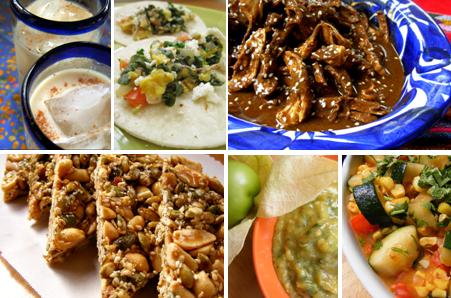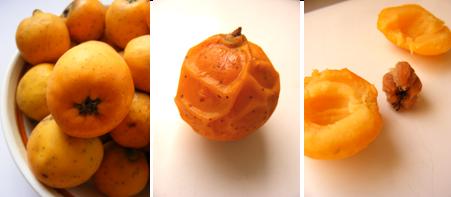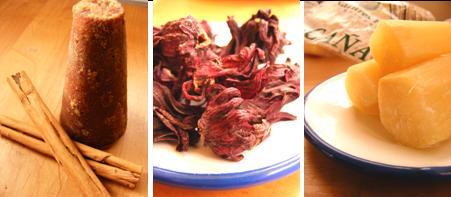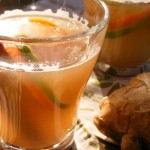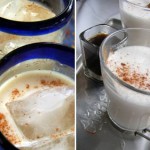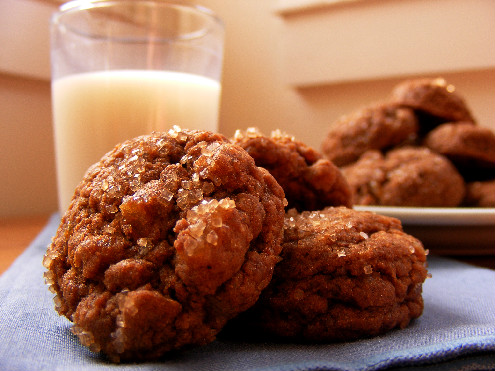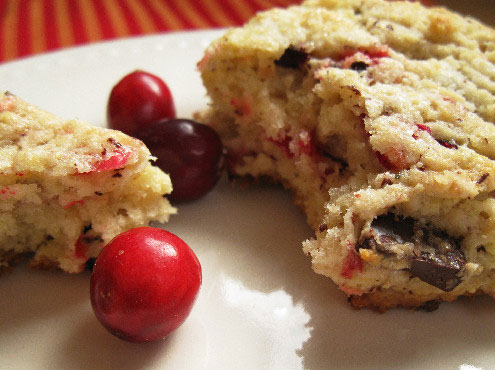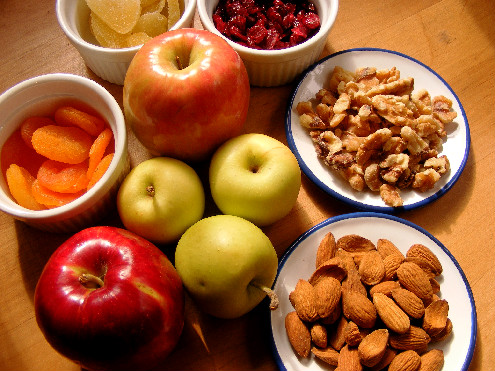Black Beans: Feijoada – Brazil’s National Dish
Wednesday, July 6th, 2011I fell in love with feijoada at first bite. Feijoada (pronounced “faysh-ju-ada”) is known as Brazil’s national dish. Literally it means “big bean” stew. I’m not sure how it was officially declared the honor, but from all the Brazilians I’ve met, they’ve never disagreed.
My introduction to this black bean dish came at Emporio de Brasil, a very small but cherished Brazilian market/restaurant in north Denver. On Saturdays, they serve up a limited number of items – the best of which is Denver’s finest feijoada.
Feijoada is said to have originated during slave times, concocted from unwanted cuts of meat from the master’s table – including the non-choice parts of the pig including ears, snout and tail. Most of the feijoada recipes today still include plenty of pork – generally pork belly, chorizo, ribs, and other kinds of meat like carne seca (a Brazilian dried beef)
As you know, I’m not a huge meat eater and consider myself more of a flexitarian. But, I smack my lips when it comes to feijoada. All that slowly simmered pork makes for a tasty pot of creamy black beans and, to my surmise, is the reason feijoada continues to be a Brazilian favorite.
A feijoada completa or “complete feijoada” is served with rice, chopped greens (usually collards or kale), fresh orange slices, farofa or farinha, and a side dish of peppery sauce. The stew is generally served year-round in restaurants on Wednesdays and Saturdays, and on the weekends when made at home. It is also a requisite dish for a Brazilian feast and other holidays.
Since my first bowl-full, I vowed to make some at home. In keeping with tradition, I made this Brazilian staple on a weekend and made a huge pot to share using three kinds of pork – pork ribs, pork stew and chorizo. Oink! By the way, the ribs were the prized piece of meat.
Now, you have a recipe to host at your next Brazilian party. If you’re a person who appreciates beans and you can also get down on some pork, then you must try this dish!
Tidbits on Beans:
- Brazil was the largest black bean producing country. In 2006, the Food Guide for the Brazilian Population recommended that beans be consumed at least once every day.
- 1 pound of dried black beans = about 6 cups of cooked beans.
- Black beans are a strong source of phytonutrient, which is generally derived from fruits and vegetables.
Sources: The World’s Healthiest Foods, Beans: A History, “Brazil” in the Encyclopedia Food and Culture.


